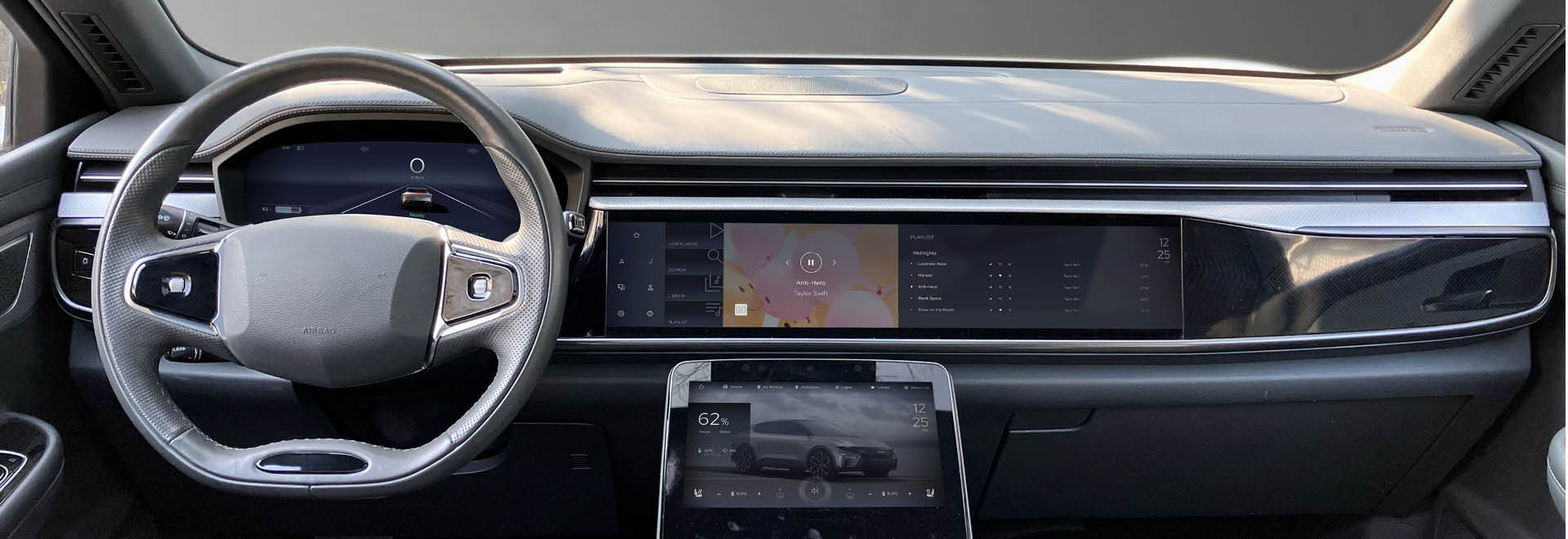SPACs IN STOCK MARKET - AN INTRODUCTION
Financing an automotive vision is a challenge, particularly for new entrants. There are many reasons that raising money is a challenge:
- the existence of alternative investment opportunities with competing projects,
- the uncertainty associated with the realization of the vision and general market and economic risks.
Fortunately, there are various ways to secure capital. Let's have a look at two of them before having a closer look into SPACs or special purpose acquisition companies or, better to say, a SPAC in the stock market.
One method is equity crowdfunding, which is seldom used in the context of funding a new entrant and presents an overall suboptimal form of financing for such large capital requirements as bringing to market a new vehicle.
Loans are another option; however, they are not a practical option given the uncertainty of outcomes of a new entrant and tend not to align with the negative cash flow profile of a new entrant in a pre-market status.
Another potential funding source is merging with or being acquired by a Special Purpose Acquisition Company (in short: SPAC) to access public market capital or the stock market. Generally, working with a SPAC requires the automotive vision to be sufficiently advanced.
SPACs have existed for quite some time and offer an accelerated way to access the stock market. In certain ways, SPACs in the stock market enable businesses to bypass the traditional initial public offering (IPO) route historically taken by established enterprises.
Among new entrants, who may be in the early stages of their business, SPACs have recently become a very popular option for accessing public market capital.
WHAT ARE SPECIAL PURPOSE ACQUISITION COMPANIES (SPACs) AND WHAT DOES A SPAC IN THE STOCK MARKET?
A SPAC is essentially a shortcut for raising capital. They are publicly listed companies created solely for acquiring existing non-listed companies. But how can a SPAC help you with a fast access to the stock market?
This is done through raising money with an Initial Public Offering (IPO). SPACs are also known as Blank Check Companies (BCC), a name that refers to the fact that SPAC IPO investors entrust their funds with a SPAC without knowing in advance the precise business that the SPAC will acquire.
In this regard, the SPAC management has a relatively blank check to find an acquisition. This reference somewhat exaggerates reality, however, as all acquisitions by a SPAC must be approved by the shareholders of the SPAC, and SPAC shareholders generally retain a right to redeem their shares if they do not want to continue to invest in the company following an acquisition or merger.
Nevertheless, SPACs clearly facilitate and accelerate access to the stock market and public market capital. The process of converting a private company into a public company and making shares available for public purchase is sped up substantially.
This allows new companies to enter the stock market notably faster and easier.
The graphics below show the increasingly growing number and proceeds of SPAC IPOs in comparison with non-SPAC IPOs from
2003 to 2021.








